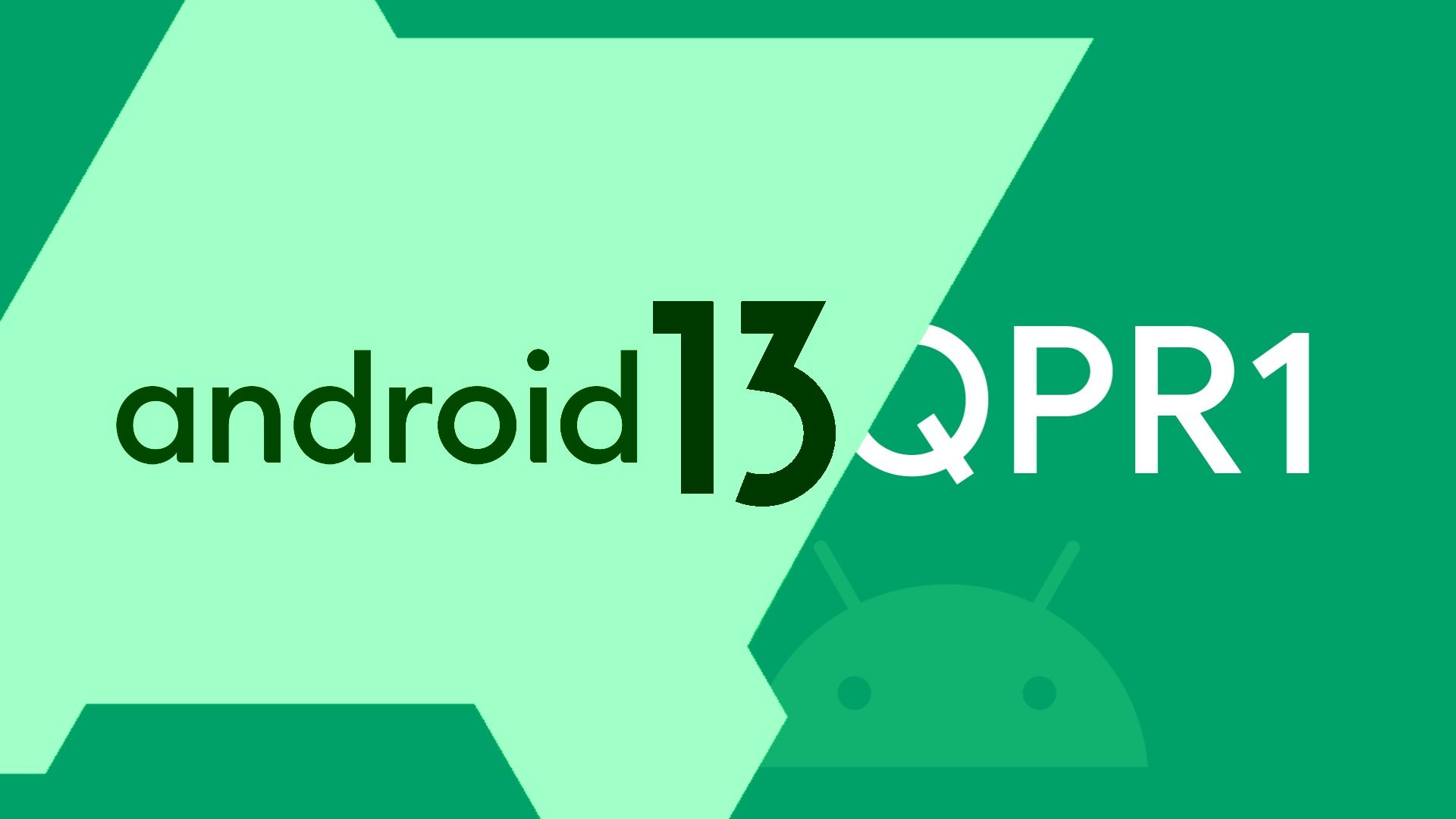Google may not launch point updates for Android anymore, but the company is still bringing new features to the mobile platform every three months without a full version upgrade. These so-called Quarterly Platform Releases (QPRs) always offer a bunch of choice enhancements, and the Android 13 QPR1 release is no exception. Its extensive changelog gives us a great overview of what’s new, but it looks like Google is planning even more features for all kinds of great Android phones out there. Some under-development features have been spotted in QPR1, like partial screen sharing options, a revamped desktop mode, custom lock screen clocks, and more.
Desktop mode, phone taskbar, and tablet hub mode
As described by Esper’s Android expert Mishaal Rahman, Google is finally paying attention to Android’s desktop mode again. It was initially only introduced for developers to help them optimize their applications for multi-screen setups, but making it more than a rudimentary environment was left to device manufacturers. For example, Samsung offers its branded DeX version of this. In Android 13 QPR1, Google is giving the mode some attention of its own again. Developers can more easily activate desktop mode with a quick settings tile, and Google is internally testing different behaviors and layouts for free-floating windows without maximize or minimize buttons, which are supposed to be replaced with gestures. None of this is carved in stone just yet, though.
In related news, Google appears to consider bringing the taskbar that’s exclusive to big-screen devices to phones. A new developer flag allows you to replace the usual navigation bar with the taskbar, giving you access to your favorite (or pinned apps) at all times, and making it easier to enter split-screen mode. Mishaal Rahman hasn’t been able to activate this just yet, though, but the evidence is there. The tweet below shows how it could look like.
Google is also continuing development on tablets. The company is preparing new features for the Android screensaver, which will be able to display complications in addition to the usual clock that it gives you. A “smartspace” option will display contextually important information, just like the At a Glance widget does on the Pixel phones’ home and lock screens. There are also options for media and home controls, which will sit below the At a Glance complication. The screen saver will also support a low ambient light mode, which has been set up to match the Nest Hub’s threshold.
It’s clear that these developments are related to the upcoming Google Pixel Tablet, which is supposed to serve as both a tablet and a smart home display when docked to a potentially included stand. The officially teased device might be joined by a Pixel Tablet Pro later, which some desktop mode features could be targeted to. Similarly, a Google Keep quick note shortcut that Google is working on could be in the works for these devices, too.
Custom lock screen clocks, partial screen recordings, and more
For those who don’t love the dual-line clock that Google offers on the Pixel’s lock screen since Android 12, it might soon be possible to change this. Google was long spotted working on adding support for this—as early as Android 10, in fact—but the company seemingly lost interest. This has changed in Android 13 QPR1, where new code suggests that we might soon see a Google app that will allow us to change the look and feel of the lock screen clock. Considering that Apple introduced powerful lock screen customization options with its latest iOS release, it’s no wonder that Google is trying to offer a match.
Google might also make it possible to do partial screen recordings in the future. This might be something that is mostly useful for tablets and other big screen devices that more regularly show more than just one app on their screen. It’s definitely a neat addition.
A few more, smaller changes are being prepared under the hood. Google might offer a more advanced VPN, though it’s quite unclear what exactly this would entail right now. Then there is a split-screen option for Android TV, which would live alongside the platform’s advanced picture-in-picture mode. On the car side of things, Android Auto could get support for Immersive Mode, which would remove taskbars and other system navigation interfaces from an app. And last but not least, the company is preparing to move the Pixel’s Quick Tap gesture to the Android Private Compute Core (PCC), which could mean that there is less potential for accidental data leak incurred from the sensors in charge of the feature.
It’s clear that the Android 13 QPR1 release is chock-filled with features, but there is so much more that Google is preparing. As with anything found within the code like this, there is no guarantee that all of these features, or even any, will ever make it to the stable version of Android. With Google working on launching some new hardware that could take advantage of exactly these kinds of features, these might just actually come to fruition. In the meantime, check out the best features in Android 13.

